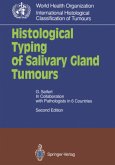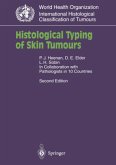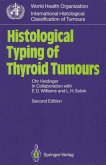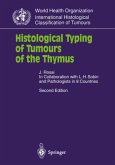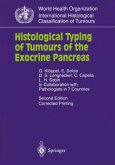During the two decades since the publication of the first edition of Histological Typing of Bone Tumours, new methods of diagnosis, es pecially radiological imaging techniques (computed tomography and magnetic resonance imaging), associated with advances in the new cytomorphological methods including immunohistochemistry, DNA ploidy analysis, cytogenetic chromosomal investigation, etc., have greatly improved our diagnostic tools and treatment results. These advances are reflected by the publication of new editions of various important textbooks in recent years. In these publications classifica tion criteria differed. In contrast, the WHO classification has been relatively unaltered, and has introduced a limited number of new entities and subdivided others because of distinct histological features and biological be haviour. In general the framework and the concept of the original classifi cation, as it has been widely accepted, remains essentially unchanged. The classification is based on the line of histological differentiation, in many instances reflecting the type of intercellular matrix material produced. This approach is justified because it avoids theoretical his togenetic controversies.
Hinweis: Dieser Artikel kann nur an eine deutsche Lieferadresse ausgeliefert werden.
Hinweis: Dieser Artikel kann nur an eine deutsche Lieferadresse ausgeliefert werden.



